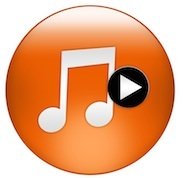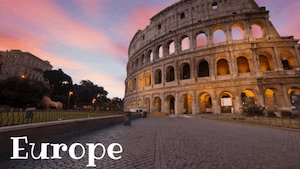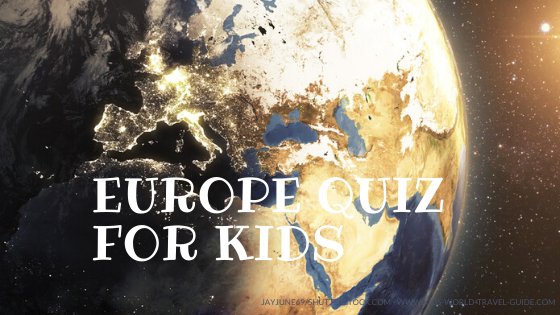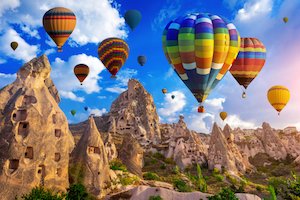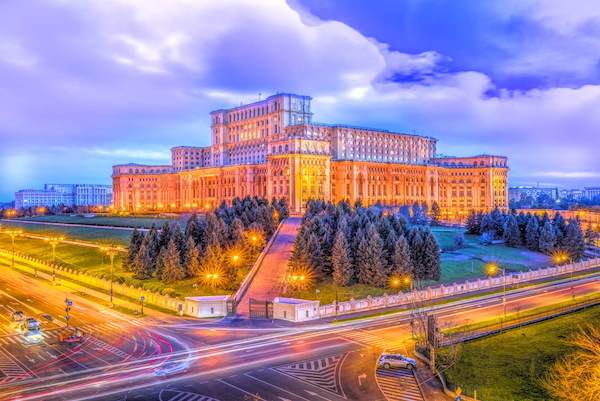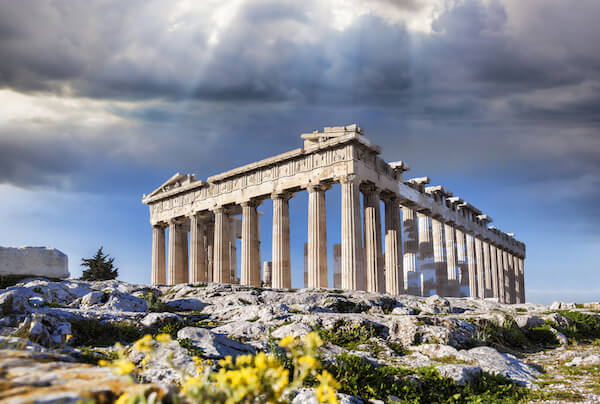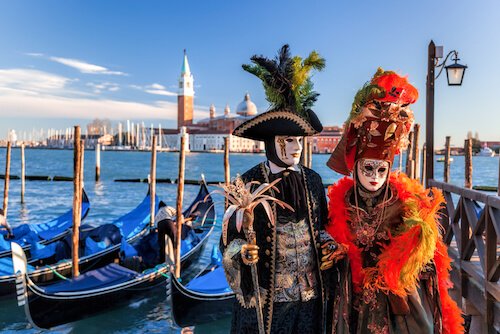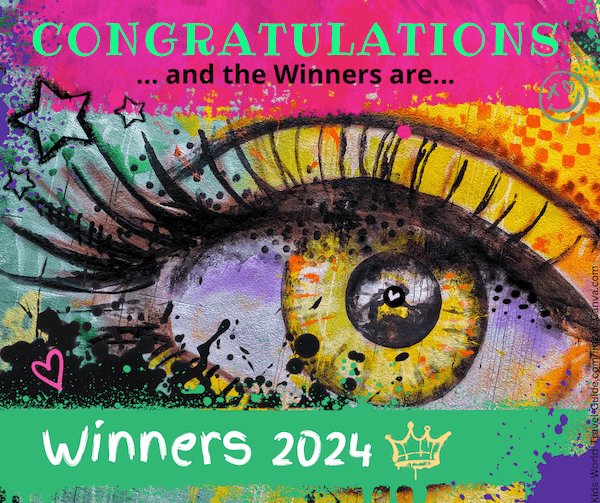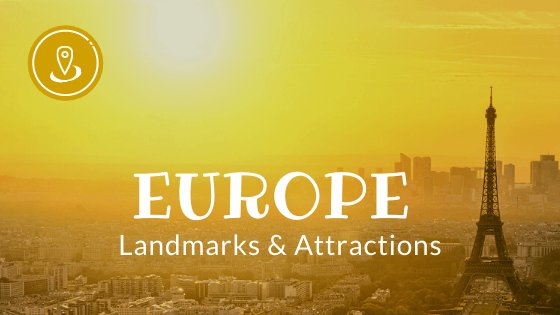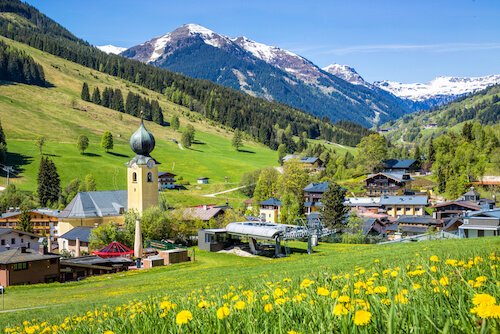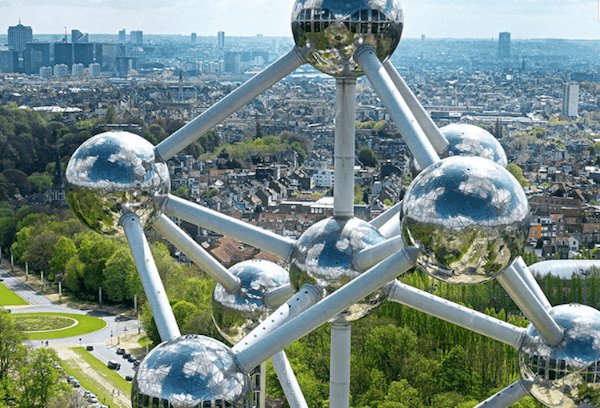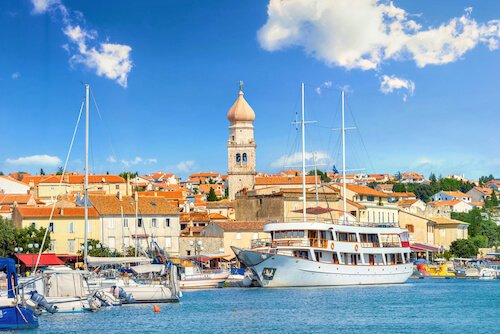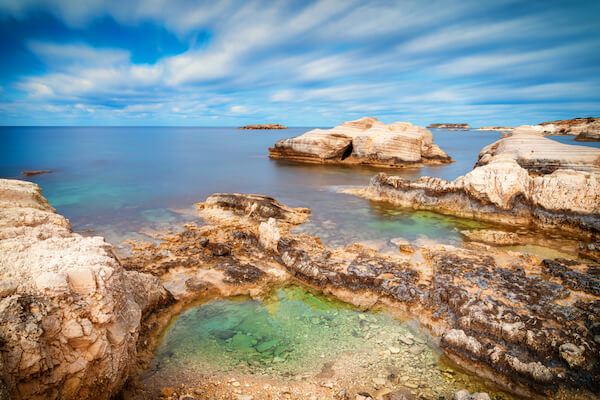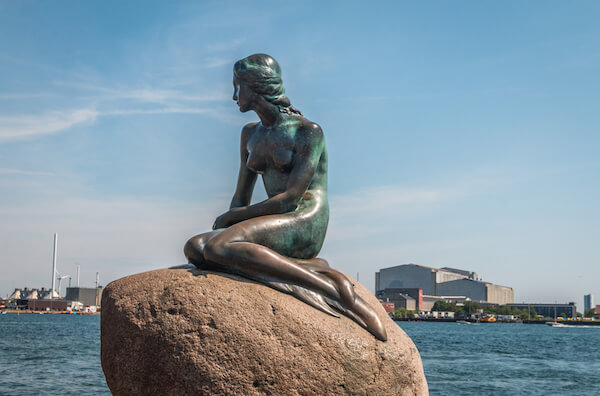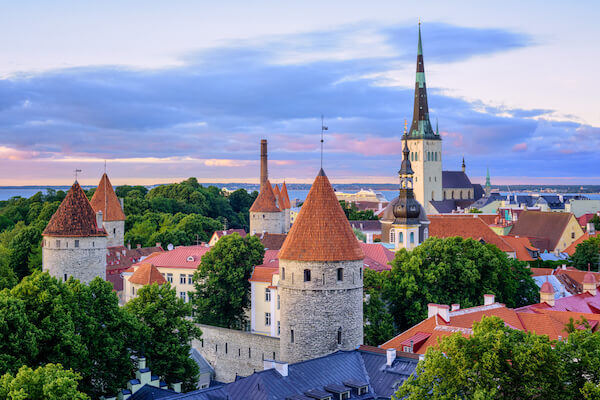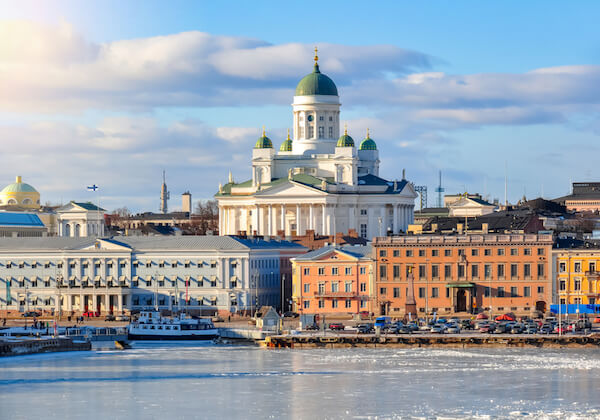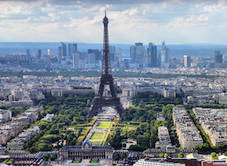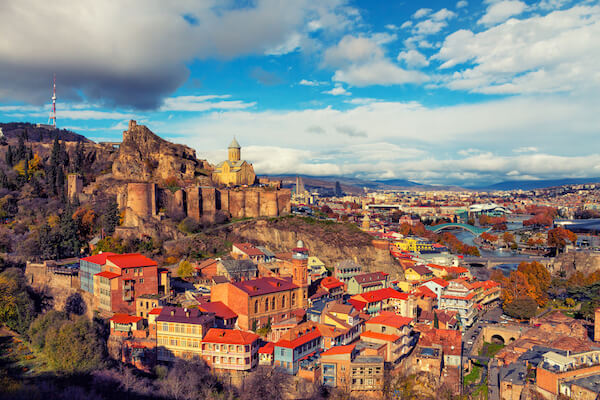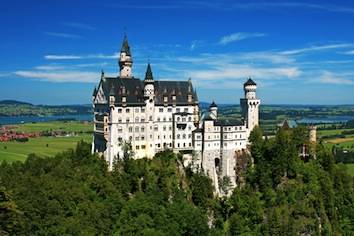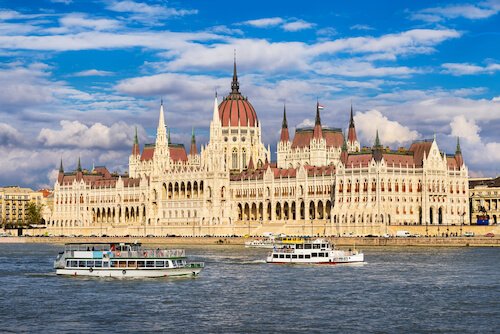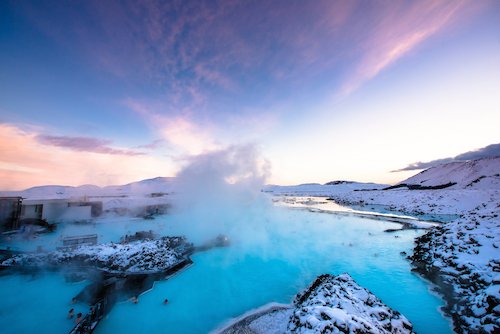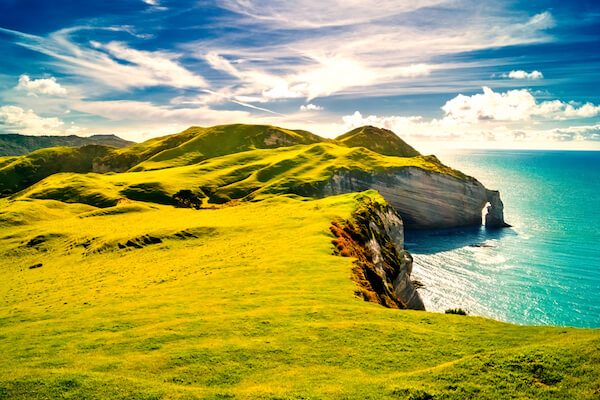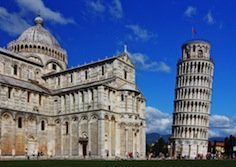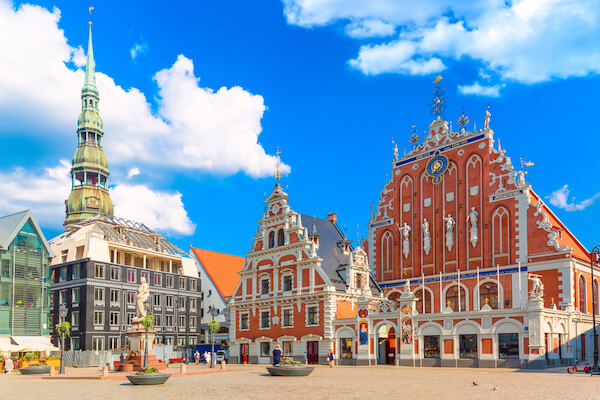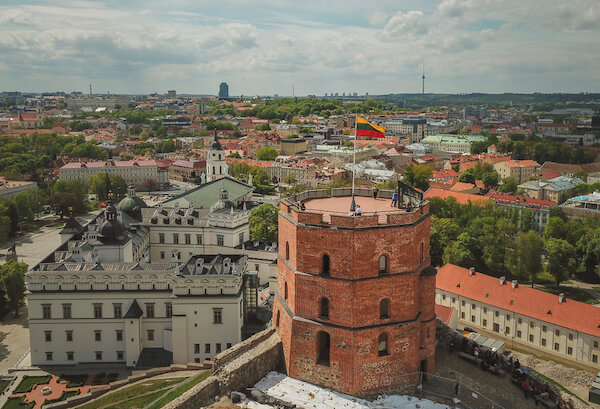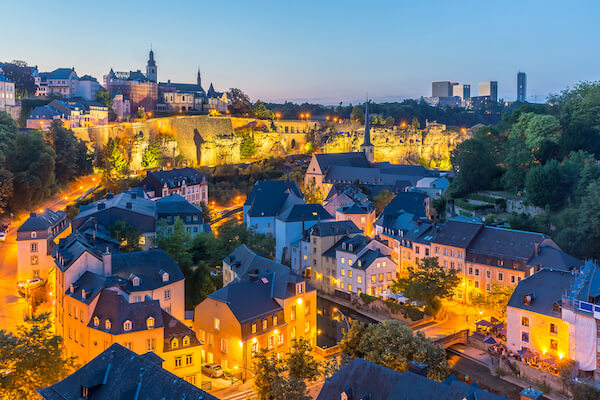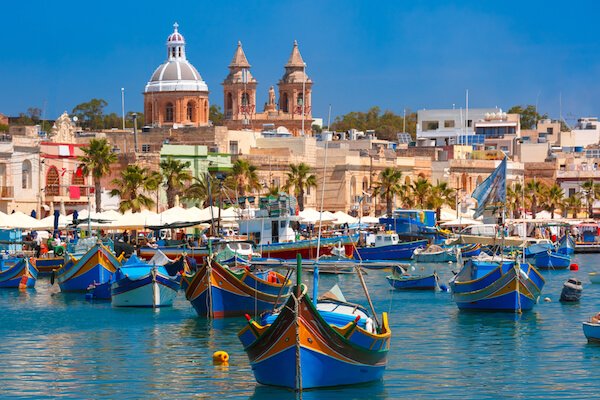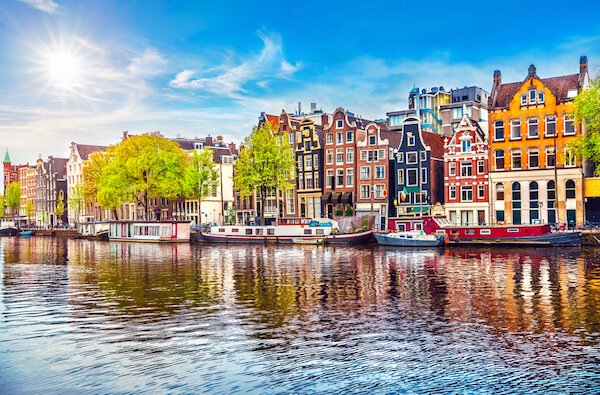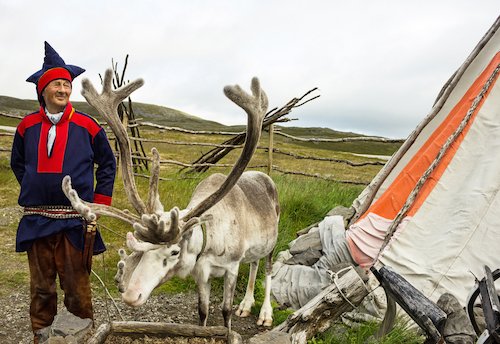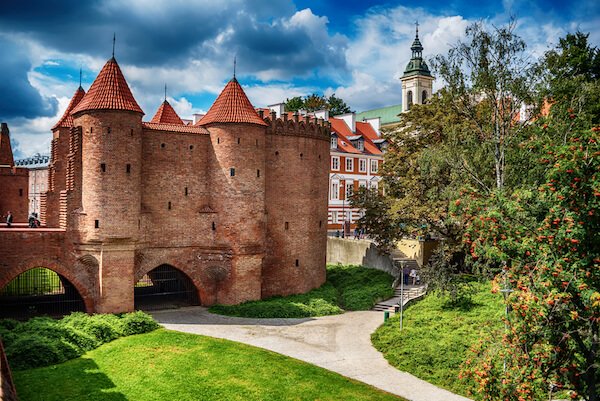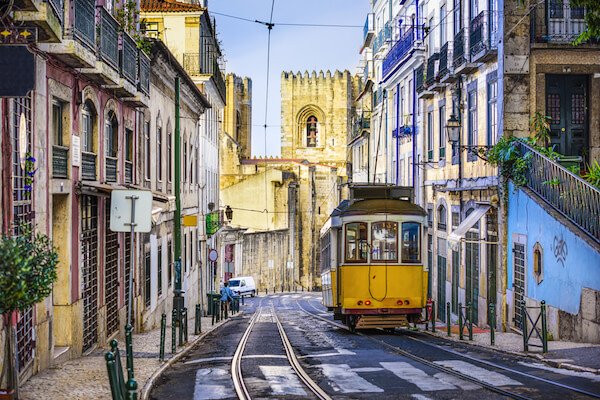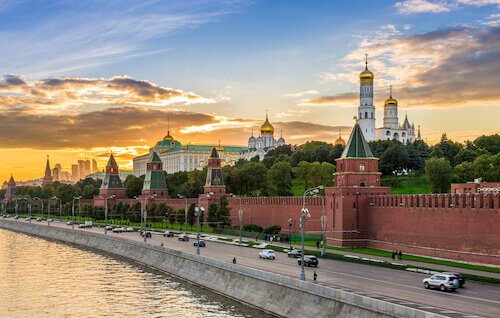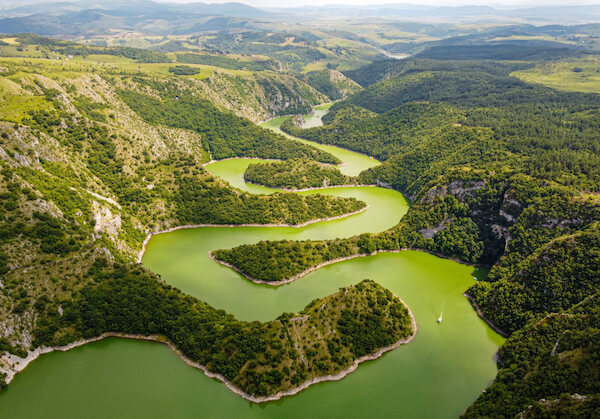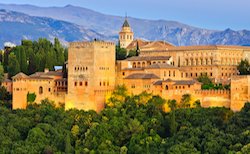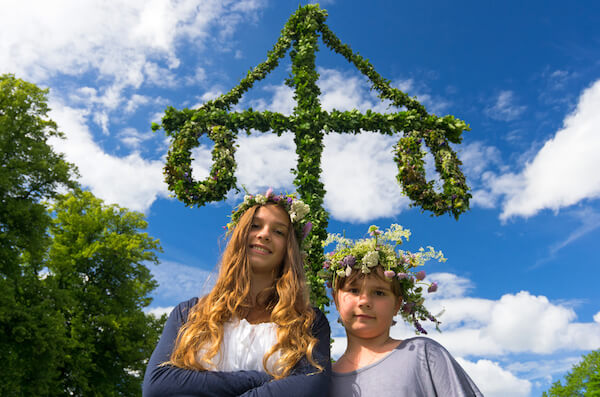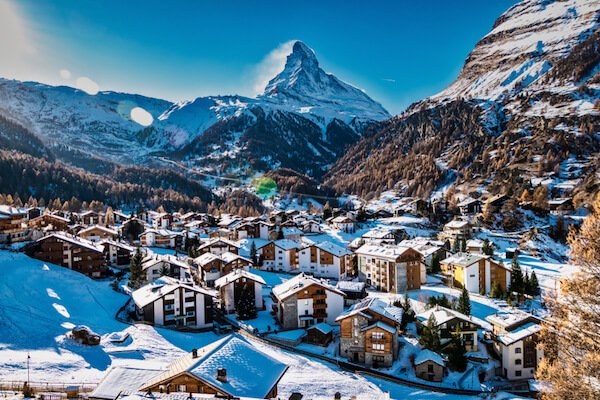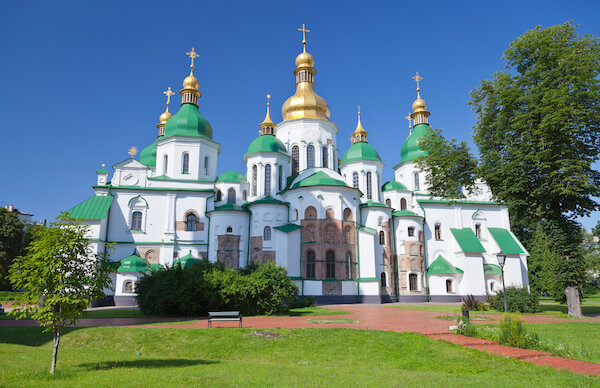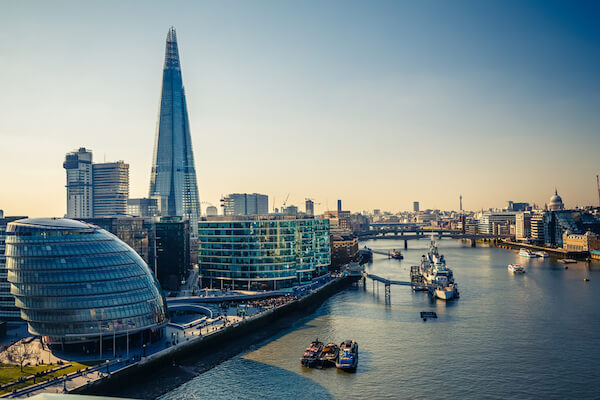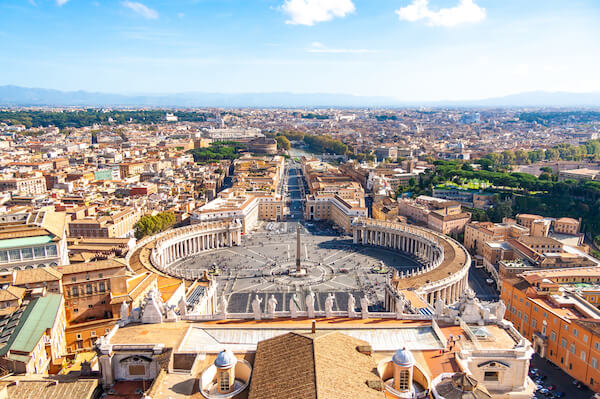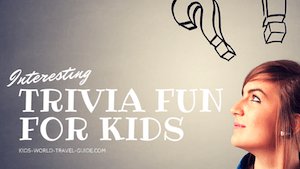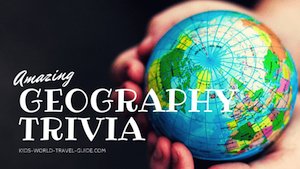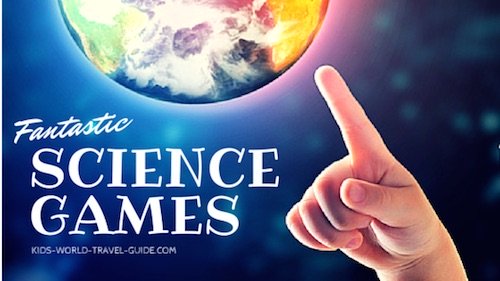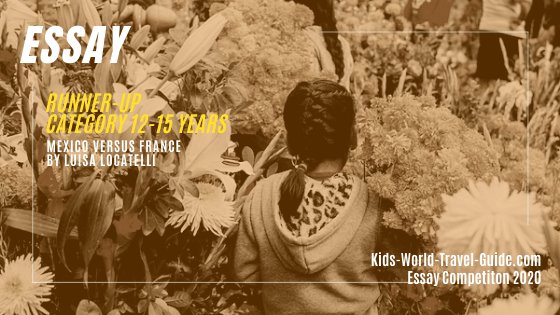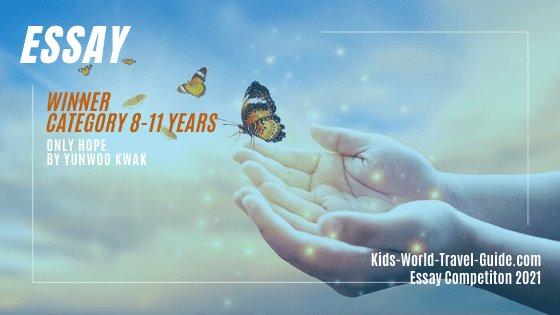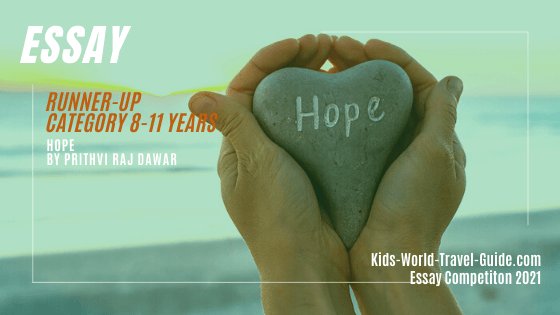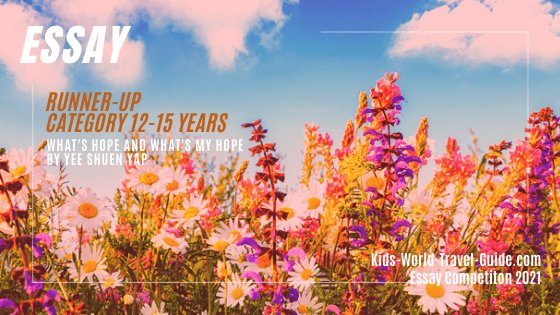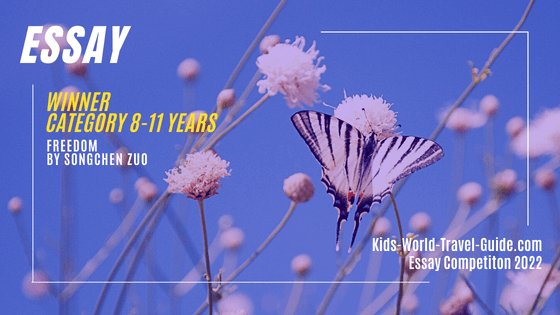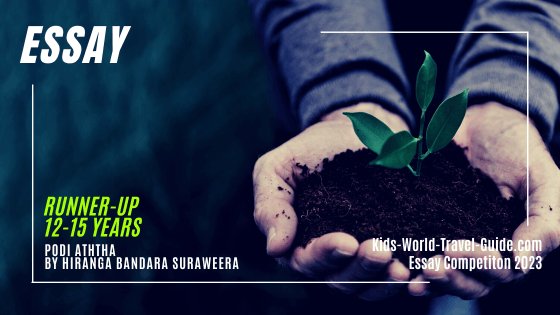Facts About Bulgaria For Kids
Interesting Facts for Kids
Here are some interesting Facts about Bulgaria for Kids which were chosen and researched by students.
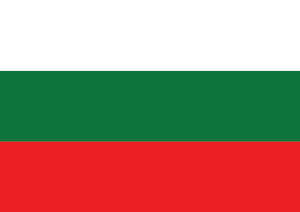
- Population: about 7 million people live in the country (2024)
- Capital: Sofia with inhabitants
- Name: Republic of Bulgaria (Republika Bulgaria)
- Motto: 'Unity makes strength'
- Government: Democracy
- Language: Bulgarian, which uses the Cyrillic alphabet
- Religion: Christians (65%), Muslims (10%)
- Currency: Bulgarian lev (equal to 100 stotinki) - lev or lav means lion in Bulgaria
- History: Bulgaria gained independence from the Ottoman Empire in 1878 all principality, complete independence was only gained in 1908
- National Flag: white, green red vertical stripes
- National Symbols: the lion is the national animal and is shown on the coat of arms of Bulgaria
- National Anthem: the Bulgarian anthem is called 'Dear Motherland' (Mila Rodina)
- National Day: 3 March (Liberation or Independence Day)
- President: Rumen Radev (elected in January 2017)
Bulgaria Map and Geography
Bulgaria is a country in southeastern Europe. Bulgaria borders five countries and the Black Sea: Romania, Serbia, Macedonia, Greece and Türkiye (anti-clockwise).
Romania is located to the north, Serbia and North Macedonia to the west, Greece and Turkey (Türkiye) to the south, and the Black Sea to the east. The longest border is shared with Romania.
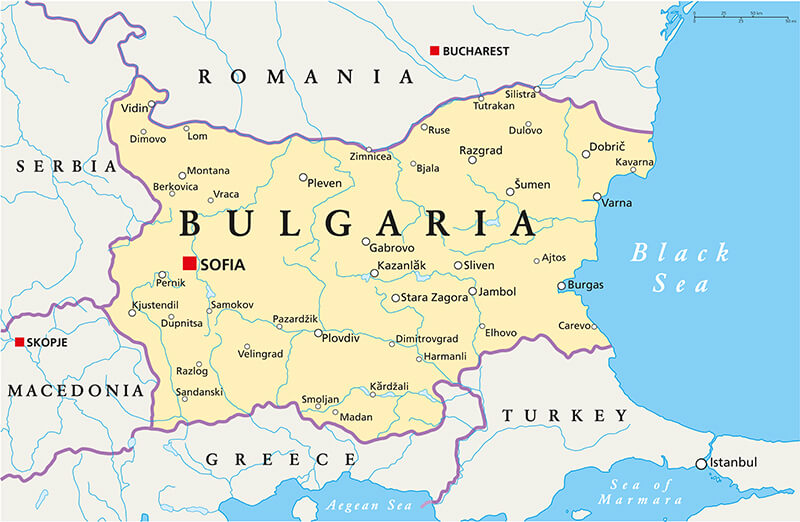 Map of Bulgaria
Map of BulgariaBulgaria is about the same size in land area as Guatemala or three times the size as Netherlands or about the size of the state of Virginia/ USA.
Facts about Bulgaria Geo Superlatives
- The capital city of Bulgaria is Sofia, which is also the largest city in the country. One of the main landmarks of the city is the Alexander Nevsky Cathedral, the largest Russian Orthodox church in the country.
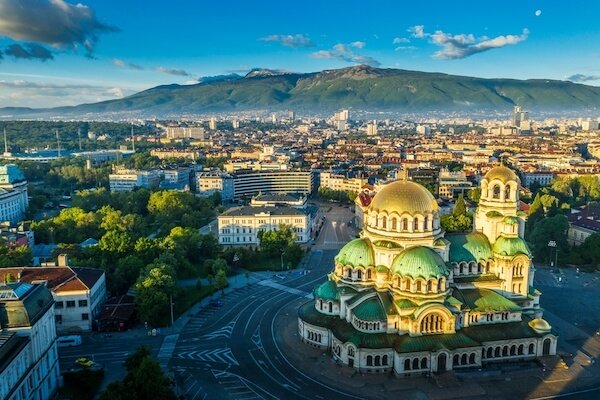 Sofia
Sofia- The rugged Balkan Mountains are known in Bulgaria as stara planina. This mountain range stretches over 560 km/ 350 miles from the western border with Serbia to the Black Sea coast in the east.
- The highest mountain in Bulgaria is Musala Peak, which is 2,925 m/ 9,596 ft high and is located in the Rila mountains.
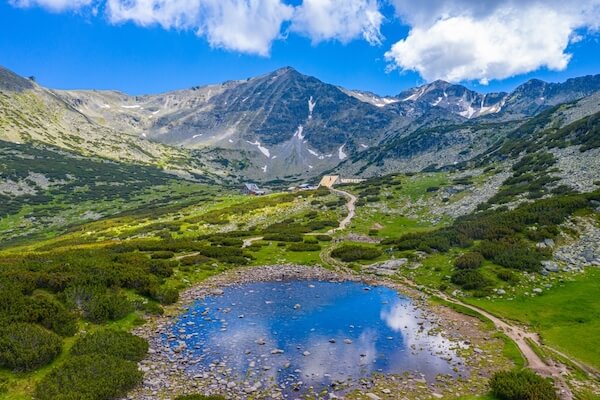 Musala Peak
Musala Peak- The longest river in Bulgaria is the Danube. The Danube River forms part of Bulgaria's northern border and is one of Europe's major rivers. Other important rivers are the Maritsa, Iskar, and Struma rivers.
- Lake Burgas, also referred to as Lake Vaya, this is the largest lake of Bulgaria.
- The coastline at the Black Sea is 378 km/ 234 miles long. There you will find many popular seaside resorts such as Sunny Beach, Golden Sands, and Sozopol.
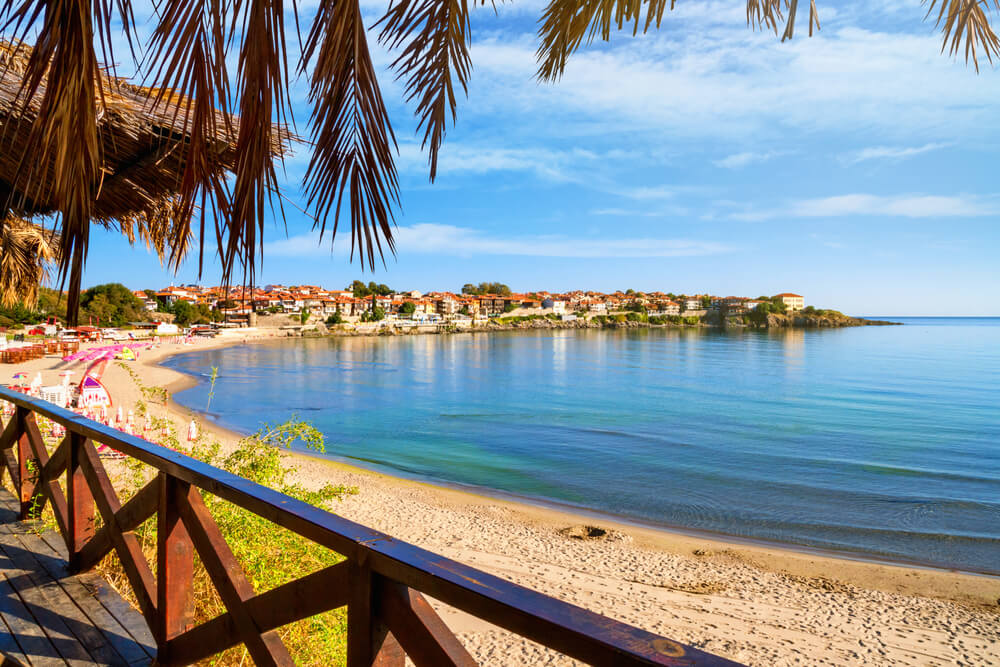 Beach at Sozopol
Beach at Sozopol- There are very fertile valleys and plains in Bulgaria and these include the Danubian Plain in the north and the Thracian Plain in the south.
- Bulgaria has a diverse climate, with hot summers and cold winters in the lowlands, and alpine climates in the mountainous regions.
Facts about Bulgaria
Tourist Attractions in Bulgaria
The coastline along the Black Sea is dotted with numerous holiday resorts such as Albena, Golden Sands, Sunny Beach, Nessebar or Primorsko.
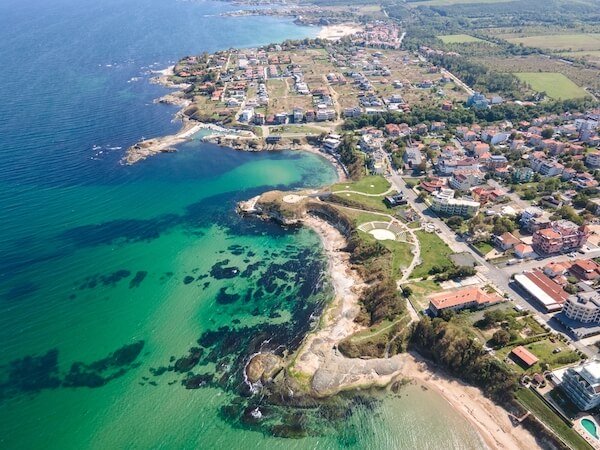 Black Sea coastline
Black Sea coastlineRila Monastery, one of Bulgaria's most famous landmarks, is a UNESCO World Heritage Site. The monastery is located in the Rila Mountains.
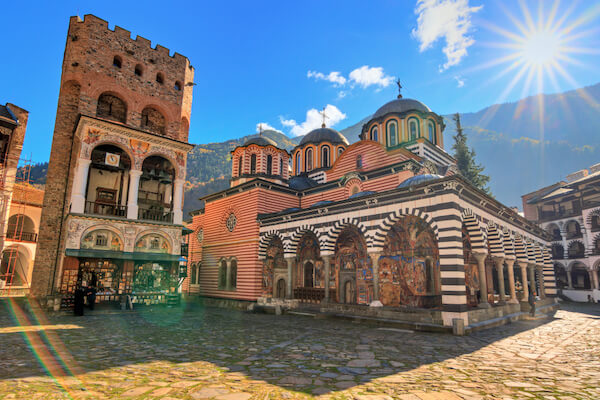 Rila Monastery
Rila MonasteryBulgaria has three national parks: Rila National Park, Pirin National Park, and the Central Balkan National Park. There are many other nature parks and nature reserves.
Bulgaria is home to many caves like Devetashka Cave and Magura Cave, which contain prehistoric rock art which you can see below.
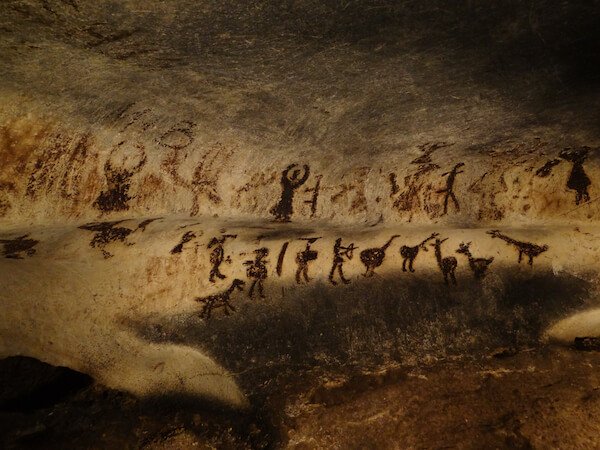 Rock art in Magura Cave
Rock art in Magura CaveThe famous red sandstone formations in Belogradchick in the Western Balkan Mountains are another UNESCO world heritage site.
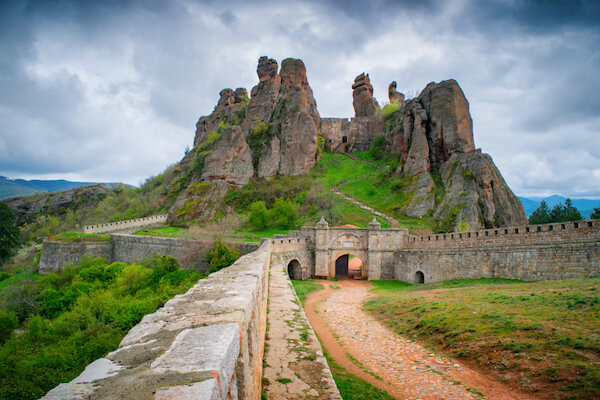 Belogradchick Rocks
Belogradchick RocksBulgaria is a popular destination for winter sports, with ski resorts such as Bansko, Borovets, and Pamporovo attracting visitors from around the world.
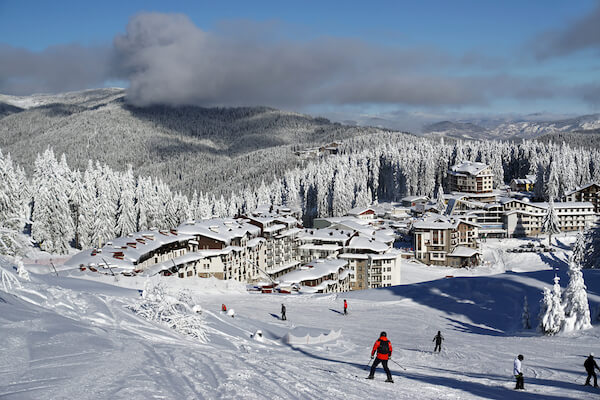 Pamporovo ski resort
Pamporovo ski resortBulgaria Facts | Bulgarian People
Most people in Bulgaria live in cities and larger towns. The largest cities are the capital city Sofia, Plovdiv, Bourgas and Varna.
Varna is the second largest city in Bulgaria and located on the Black Sea coast. Varna is an important business centre and the maritime capital of Bulgaria.
Close by there are many most famous Bulgarian resort towns where many Bulgarians work. Tourism is an important economic sector and employed about
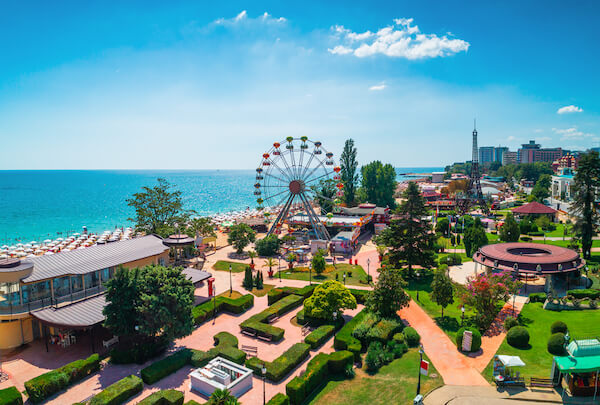 Seaside resort near Varna
Seaside resort near VarnaBulgarian children attend school from the age of 6 or 7. Education is compulsory until the age of 16.
Bulgarian schools follow a curriculum that includes subjects such as mathematics, Bulgarian language and literature, history, geography, foreign languages, which often is English, science, and physical education.
Bulgarian love the outdoors and sports. The most popular sports are soccer, volleyball, basketball, wrestling and gymnastics. Martial arts clubs as well as swimming clubs and swimming programs are popular among children and teenagers in Bulgaria.
Bulgaria has got strong contenders for medals in the Paris Olympics, some of the most anticipated sports disciplines are wrestling, gymnastics, weightlifting and athletics.
Tennis is a popular sport as well. Grigor Dimitrov is a famous professional tennis player from Bulgaria that is admired by all.
 Grigor Dimitrov - image by Leonard Zhukovsky/shutterstock.com
Grigor Dimitrov - image by Leonard Zhukovsky/shutterstock.comAmong famous Bulgarians are also Christo and Jeanne-Claude who are known for their huge creations and installations, such as wrapped German Reichstag buildings in Berlin, or the L'Arc de Triomphe in Paris as well as the orange flags in "The Gates" installation in Central Park in New York/ USA.
Pottery, weaving, and woodcarving are still practiced today and among the traditional arts in Bulgaria.
On March 1st, Bulgarians celebrate Baba Marta Day by exchanging red and white Martenitsa bracelets or decorations symbolizing the arrival of spring.
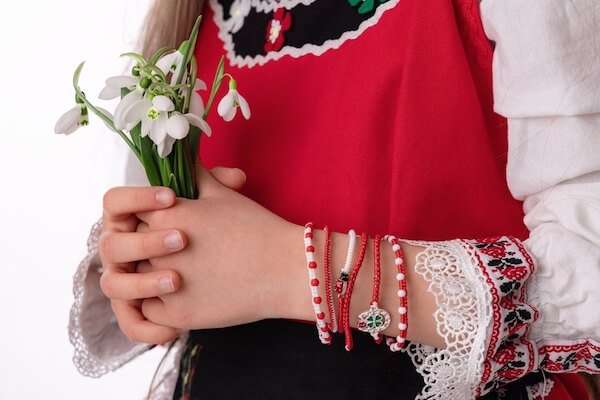 Traditional Bulgarian dress and bracelets
Traditional Bulgarian dress and braceletsThe most popular Bulgarian festivals are the Rose Festival in Kazanlak which takes places every year in June or the Kukeri Festival in in . Here the Bulgarians wear in traditional dress. During the Kukeri Festival they also wear custumes and masks and perform rituals to scare away evil spirits.
A fire-dancing ritual practiced in some Bulgarian villages, where dancers perform barefoot on hot coals as part of a religious tradition.
Interesting Bulgarian Language Facts
The official language in Bulgaria is Bulgarian.
The language is written in Slavic script and uses the Cyrillic alphabet, which was introduced in the 9th century by the Byzantine missionaries Cyril and Methodius.
 Bulgaria in cyrillic letters
Bulgaria in cyrillic lettersTry these five useful expressions in Bulgarian:
- Здравей (pronounce it as: Zdravey) - Hello
- Да (Da) - Yes
- Не (Ne) - No
- Моля (Molya) - Please
- Благодаря (Blagodarya) - Thank you
Bulgarian is a Slavic language and is can be understood by speakers of other Slavic languages to some extent.
The Bulgarian alphabet has 30 letters.
Facts about Bulgaria
Bulgaria Economy
Bulgaria's main industrial sectors include manufacturing, mining, energy production, and construction. The service sector is growing, with tourism a grown sector.
Major agricultural products are grains, vegetables, fruits, sunflower seeds, tobacco, livestock and roses.
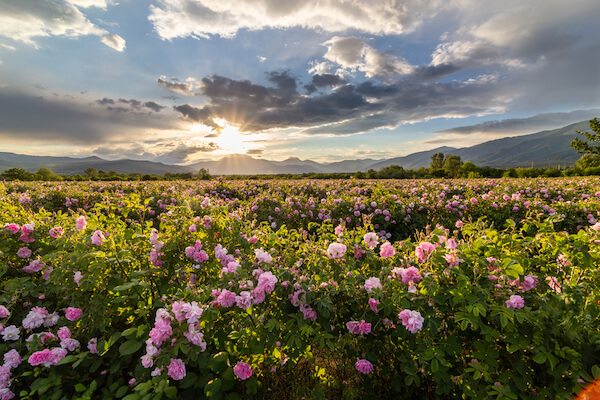 Bulgaria's rose valley
Bulgaria's rose valleyBulgaria is known for its production of roses and rose oil. The Rose Valley, located in central Bulgaria, is famous for its rose fields.
The main export and import partner countries are Germany, Romania, Italy, Russia and Turkey. The main export products are natural gas and petroleum, copper, wheat and textiles.
Bulgaria is a member of the European Union (EU) since 2007.
Facts about Bulgarian Dishes
Food in Bulgaria
Bulgarian food is prepare with lots of fresh vegetables, herbs and a variety of meats, especially lamb or goat, chicken and pork. The thick creamy Bulgarian yoghurt is a national specialty.
Grilled meats are a staple of Bulgarian cuisine. The most popular dishes include kebapche (spiced minced meat), kyufte (grilled meatballs), and skewered meats like shish kebab.
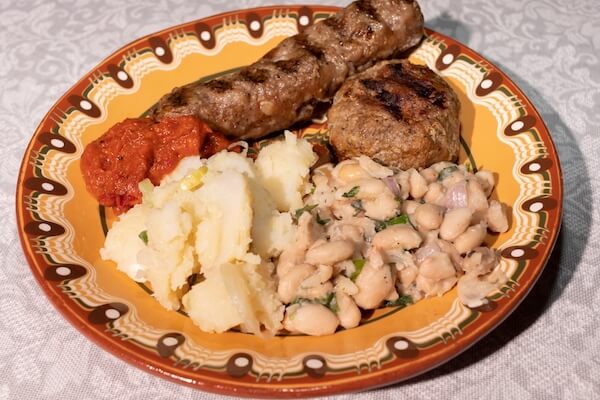 Bulgarian traditional food: kebapche, potatoes, white beans
Bulgarian traditional food: kebapche, potatoes, white beansTypical Bulgarian dishes are:
- Kebapche: Grilled sausages made with minced meat seasoned and spices such as cumin and paprika
- Gyuvech: stew made with mixed vegetables and meat, such as pork or chicken. The stew is cooked slowly in a clay pot.
- Mish-mash: vegetable stew made with tomatoes, peppers, onion, crumbly sirene cheese (Bulgarian white brine cheese), eggs, and fresh spices
- Tarator: cold yogurt soup made with cucumbers, garlic, dill, and walnuts and always eaten cold!
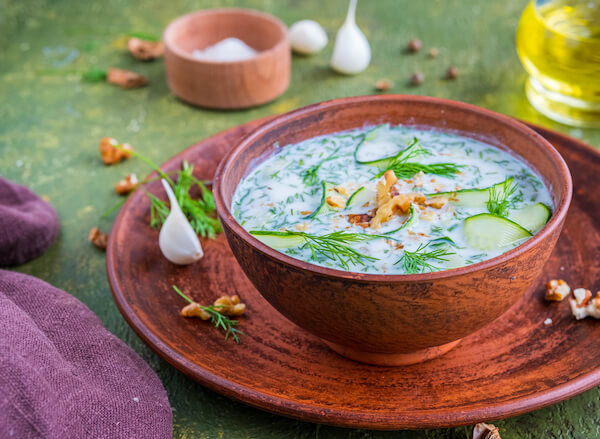 Tarator: cold yoghurt soup with cucumber and dill
Tarator: cold yoghurt soup with cucumber and dill- Banitsa: The traditional pastry is made with layers of filo dough filled with cheese, eggs, or spinach, and baked until golden and crispy.
- Shopska Salad: A salad made with diced tomatoes, cucumbers, peppers, onions, and feta cheese. The salad is seasoned with olive oil and vinegar.
- Kashkaval pane: popular snack made of breaded and fried cheese
- Tolumbi: fried dough soaked in sugar syrup or honey
Facts about Bulgaria
Animals in Bulgaria
Bulgaria is a biodiversity hotspot in Europe and thus home to many unique animals. About 1,300 animal and plant species can only be found here.
Among the 101 mammal species are the red deer, wolverines and foxes as well as brown bears and jackals.
Bulgaria has the largest jackal population in Europe.
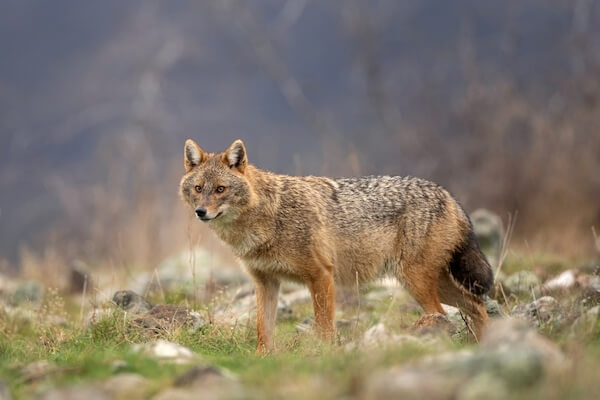 Golden Jackal
Golden JackalThe golden jackal looks like a grey wolf with a muzzle that resembles that of a fox.
More than 500 brown bears still live in Bulgaria.
Popular Pages
More Bulgaria Facts and Resources
- Central Intelligence Agency. "Bulgaria." WorldFactBook. Last updated 13 June 2024. Last accessed 26 June 2024
- European Wilderness Society. "The Return of the Golden Jackal." WildernessSociety. Last accessed 28 June 2024.
- Bulgaria Tourism. "Traditional Cuisine." BulgariaTravel Last accessed 26 June 2024
- BulgariaRoseFestival. "Guide to the Rose Festival." BulgariaRoseFestivalGuide. Last accessed 22 April 2024
Picture Credits on Bulgaria Facts: All Pictures, own and if not otherwise mentioned from sxc.hu and shutterstock.com
We hope you enjoyed reading our Bulgaria Facts. Please bookmark this page and spread the word.
Back from Bulgaria Facts to Kids-World-Travel-Guide
Competition 2024 is closed!

***
More about Countries in Europe
***
Did you like what you read?

|
Share this page with your friends! Simply use the html code below. Copy and paste onto your website, blog or Facebook page: <a href="https://www.kids-world-travel-guide.com/facts-about-bulgaria.html">Kids World Travel Guide: Facts about Bulgaria for Kids</a> |
Like us on Facebook
Competition 2024

